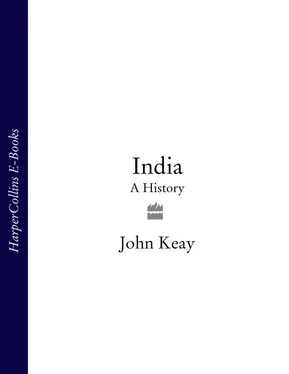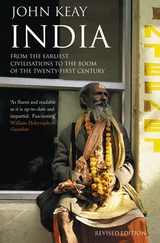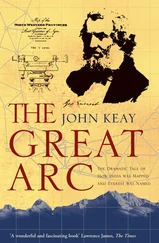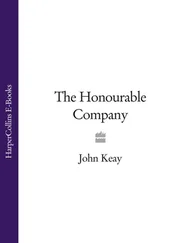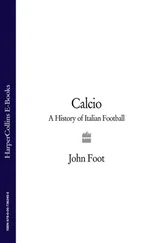Alike for cattle we strive.
In north-west Scotland as in north-west India, cattle were currency; but land was a common resource, not subject to individual rights of ownership and enjoyed in common by the whole clan and its herds. In Scotland this situation changed only under the pressure of a growing population and after the discovery of the land’s greater potential under a different farming regime – namely wool production. Previously, annual migrations to traditional areas of seasonal pasturage had rendered notions of territory and of frontiers fluid and often meaningless. Allegiance focused not on a geographical region nor on a political institution but exclusively on the descent group of the clan chief. This too changed under the new regime, and the chiefs had to find a new role. Perhaps similar pressures confronted the Vedic jana , and similar adaptations to a new farming regime – namely crop-growing – demanded of the rajanya a more possessive attitude to territory and property.
Such comparisons can, of course, be misleading. Technologies and markets not available to the arya in the second millennium BC had ensured a ready demand for Highland beef in the second millennium AD. Hence burning off the year’s surplus in an orgy of sacrifice, gift-exchange and gargantuan consumption was not a Scottish tradition. Conversely, climatic and geographical factors which made livestock farming the only surplus-creating occupation available to upland agriculturalists in Scotland made it a less suitable occupation in the tropical flood-plains of northern India. Although pastoralism would continue in areas like the west bank of the Jamuna and along the skirts of the Himalayas, the environment of the Ganga plain invited more intensive farming and a more sedentary lifestyle. Reference to other pre-modern societies merely helps to clarify the norms which may have characterised Vedic society, and perhaps to render it more intelligible than does that ‘stupendous mass’ of Vedic hymns.
Конец ознакомительного фрагмента.
Текст предоставлен ООО «ЛитРес».
Прочитайте эту книгу целиком, купив полную легальную версию на ЛитРес.
Безопасно оплатить книгу можно банковской картой Visa, MasterCard, Maestro, со счета мобильного телефона, с платежного терминала, в салоне МТС или Связной, через PayPal, WebMoney, Яндекс.Деньги, QIWI Кошелек, бонусными картами или другим удобным Вам способом.
